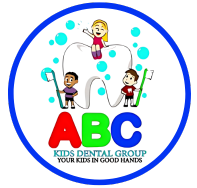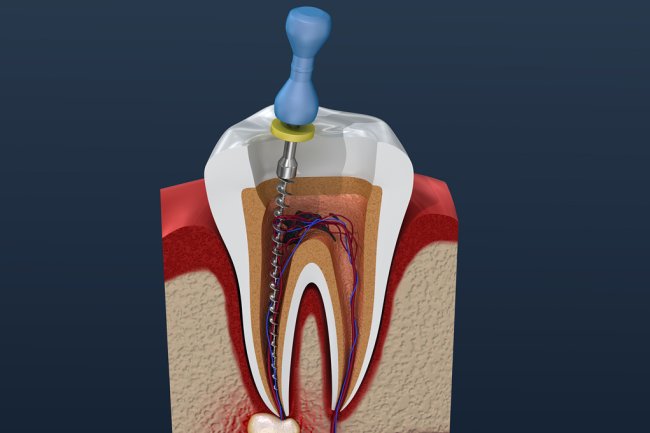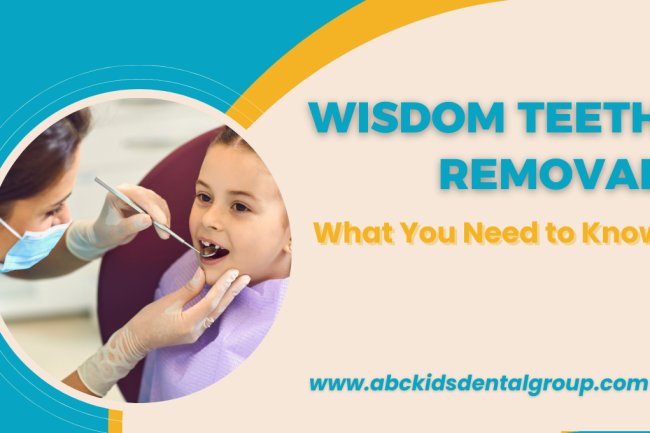Understanding Infant Dental Health in Pacoima: From Teething Symptoms to X-Rays and Treatments
Learn how to manage infant teething symptoms, understand dental X-rays for newborns, and explore treatments like fluoride and crowns for baby teeth with expert pediatric care.

Introduction
Infant dental care is a foundational aspect of a child’s overall health and development. From the earliest signs of newborn teething to the emergence of molars and beyond, parents must navigate a host of symptoms, milestones, and treatments. Modern pediatric dentistry not only focuses on prevention but also offers advanced tools like infant dental X-rays and fluoride treatments to safeguard those tiny teeth.
In this blog, we’ll explore critical topics including infant cutting teeth symptoms, infant teething rash, crowns for teeth in toddlers, milk teeth X-rays, and the importance of fluoride treatment. We’ll also address common concerns like swollen gums during teething and signs of newborn teething, helping parents make informed decisions.
Signs of Newborn Teething: What to Expect
Newborn teething can start as early as 3 months, though most babies begin between 4 and 7 months. Parents often notice subtle but distinct signs that teeth are on the way. These include:
- Excessive drooling
- Increased chewing or biting
- Irritability and fussiness
- Red or swollen gums
- Changes in eating or sleeping patterns
Recognizing these signs early can help parents provide relief and prepare for upcoming changes.
Symptoms of Teeth Coming in Infants
As the teeth begin to erupt through the gums, various symptoms can arise. These symptoms vary in severity and duration, but the most common include:
- Tender or swollen gums
- Refusal to eat or drink due to gum pain
- Mild fever (though not always directly linked)
- Ear pulling (due to referred pain)
- Teething rash on cheeks and chin
These symptoms, though temporary, can be uncomfortable for your baby. Understanding what’s normal can ease parental anxiety and ensure timely care.
Infant Molar Teething Symptoms and Challenges
Molars are typically the last of the primary teeth to erupt, usually between 13 to 33 months. Infant molar teething symptoms are often more intense due to the size and position of these teeth:
- Increased drooling
- Pronounced irritability
- Difficulty sleeping
- Tugging at ears or rubbing cheeks
- Decreased appetite
Because molars are larger, their emergence can stretch and irritate gum tissue more than other teeth. Using teething rings, cold cloths, or pediatric-approved pain relief can help soothe discomfort.
Infant Swollen Gums Teething: What Parents Should Know
Swollen gums are a visible and often painful part of teething. They may appear red, bulging, or bruised. Sometimes a small cyst or bluish area appears just before a tooth breaks through. While alarming, this is generally harmless and resolves once the tooth emerges.
Massaging the gums with a clean finger or providing cold teething toys can offer temporary relief. In persistent or concerning cases, parents should consult their pediatric dentist.
Explore Our Infant Dental Services
See how our experienced team provides gentle, expert care for teething babies and toddlers.
Infant Teething Rash: Causes and Relief
One common but overlooked symptom is the infant teething rash. Excessive drooling can irritate the sensitive skin around a baby’s mouth, chin, and chest, leading to a red, bumpy rash.
To prevent and treat teething rash:
- Gently wipe drool throughout the day
- Apply a baby-safe moisturizer or barrier cream
- Use soft, absorbent bibs and change them frequently
Teething rash isn’t dangerous but can become uncomfortable if not managed properly.
Infant Cutting Teeth Symptoms vs. Other Illnesses
It’s important for parents to differentiate infant cutting teeth symptoms from signs of illness. While teething can cause mild discomfort, it should not cause high fever, diarrhea, or persistent vomiting. If your infant experiences these symptoms, consult your pediatrician.
Typical cutting teeth symptoms include:
- Low-grade fever
- Gum sensitivity
- Cheek rubbing
- Sleep disturbances
Being aware of these differences ensures your baby gets the right care at the right time.
Infant Dental X-Ray and Milk Teeth X-Ray: When Are They Needed?
Parents are often surprised to learn that dental X-rays may be needed in infancy. An infant dental X-ray helps dentists evaluate:
- Tooth development
- Eruption patterns
- Hidden decay or trauma
- Jaw and bone health
Newborn teeth X-ray and milk teeth X-ray provide clear images of teeth still below the gumline. These X-rays are safe, use minimal radiation, and help in early diagnosis and treatment planning.
Newborn Teeth X-Ray: What It Reveals
A newborn teeth X-ray might be performed if there's a concern about missing, extra, or improperly developing teeth. While not routinely required for all infants, it can be an important diagnostic tool when needed.
Early imaging can also detect congenital dental conditions and help monitor growth milestones in infants with delayed teething.
When to Schedule Your Baby’s First Dental Visit
Learn why the American Academy of Pediatric Dentistry recommends a dental exam by your baby’s first birthday.
Crowns for Teeth in Infants and Toddlers
Crowns for teeth aren’t just for adults. In pediatric dentistry, crowns are sometimes used to restore decayed or damaged baby teeth, especially molars, that are vital for chewing and spacing future permanent teeth.
Stainless steel crowns are most commonly used for infants and toddlers due to their durability and ease of placement. Dentists may recommend them when:
- A baby tooth has extensive decay
- A tooth is fractured or damaged
- A pulpotomy (baby root canal) has been performed
Preserving these teeth prevents misalignment and other dental issues down the road.
Fluoride Treatment: Prevention Starts Early
Fluoride treatment is a critical component of preventive pediatric dentistry. Fluoride strengthens enamel, reduces the risk of cavities, and can even reverse early signs of decay.
For infants and toddlers, dentists often apply fluoride varnish during routine checkups. This is safe, quick, and highly effective in building healthy teeth.
Parents can also support fluoride exposure at home by using the right amount of fluoride toothpaste and offering fluoridated drinking water if available.
Why Early Dental Care Matters
Teething might seem like a small milestone, but it sets the foundation for lifelong dental health. Early dental visits, awareness of symptoms, and timely treatments like crowns and fluoride application ensure your child has a strong start.
At ABC Kids Dental Group, we specialize in compassionate and comprehensive care tailored to the unique needs of infants and toddlers.
Explore our full range of pediatric dental services and resources to help your family thrive.
Conclusion: Start Healthy Smiles Early
Understanding the symptoms and stages of teething, recognizing the need for dental imaging, and embracing preventive care are all key to protecting your child’s oral health. With the right support and dental team, teething doesn’t have to be a challenge—it can be a well-managed, natural part of growing up.
If you're in the Pacoima, CA area, we welcome you to visit us at ABC Kids Dental Group.
Contact Us
ABC Kids Dental Group
Website: www.abckidsdentalla.com
Phone: 818-890-8070
Address: 10445 Laurel Canyon Blvd. Pacoima, CA 91331
Click Here to Visit
What's Your Reaction?























